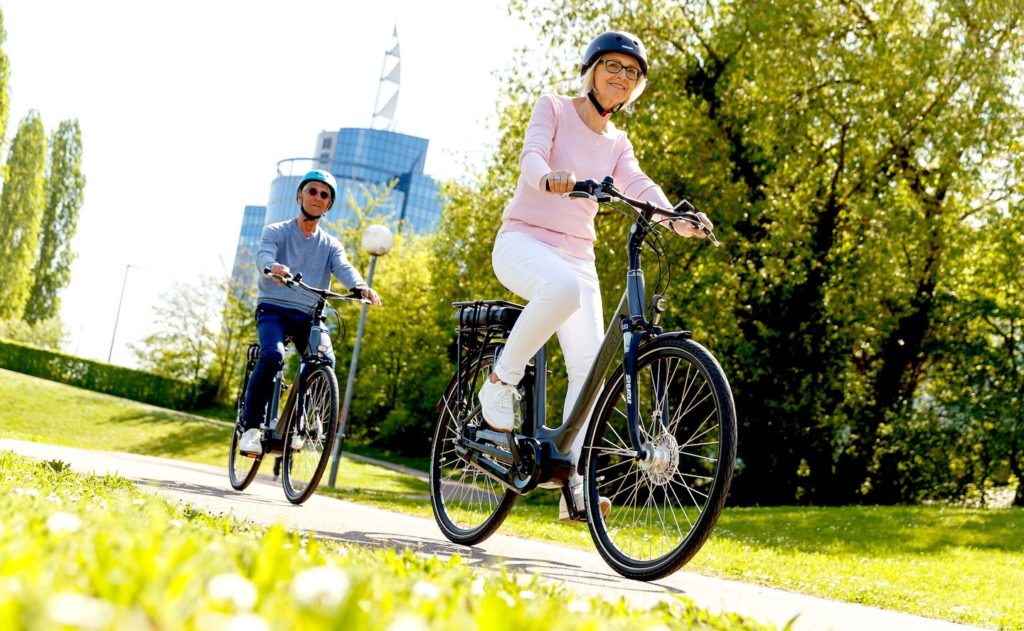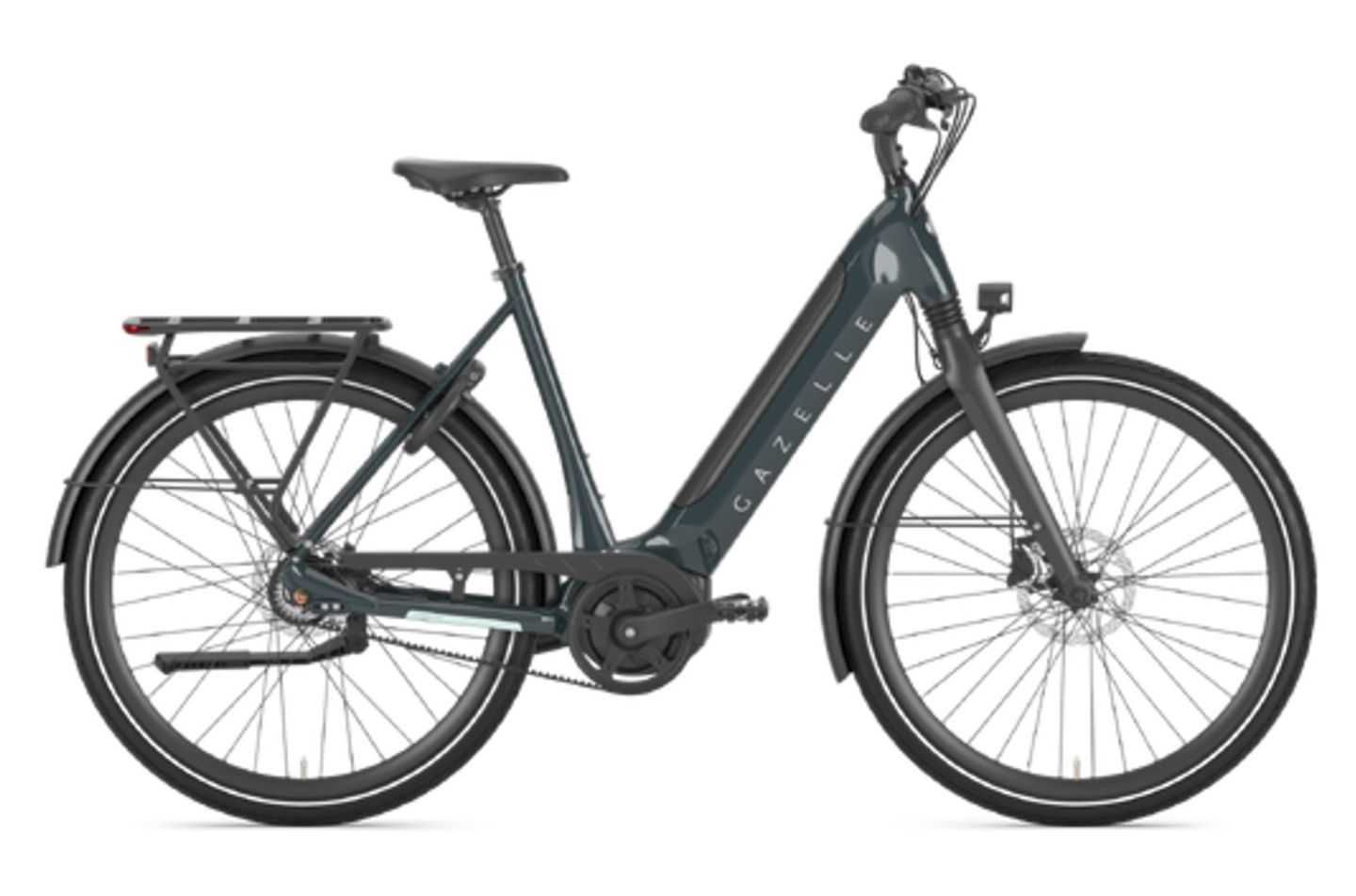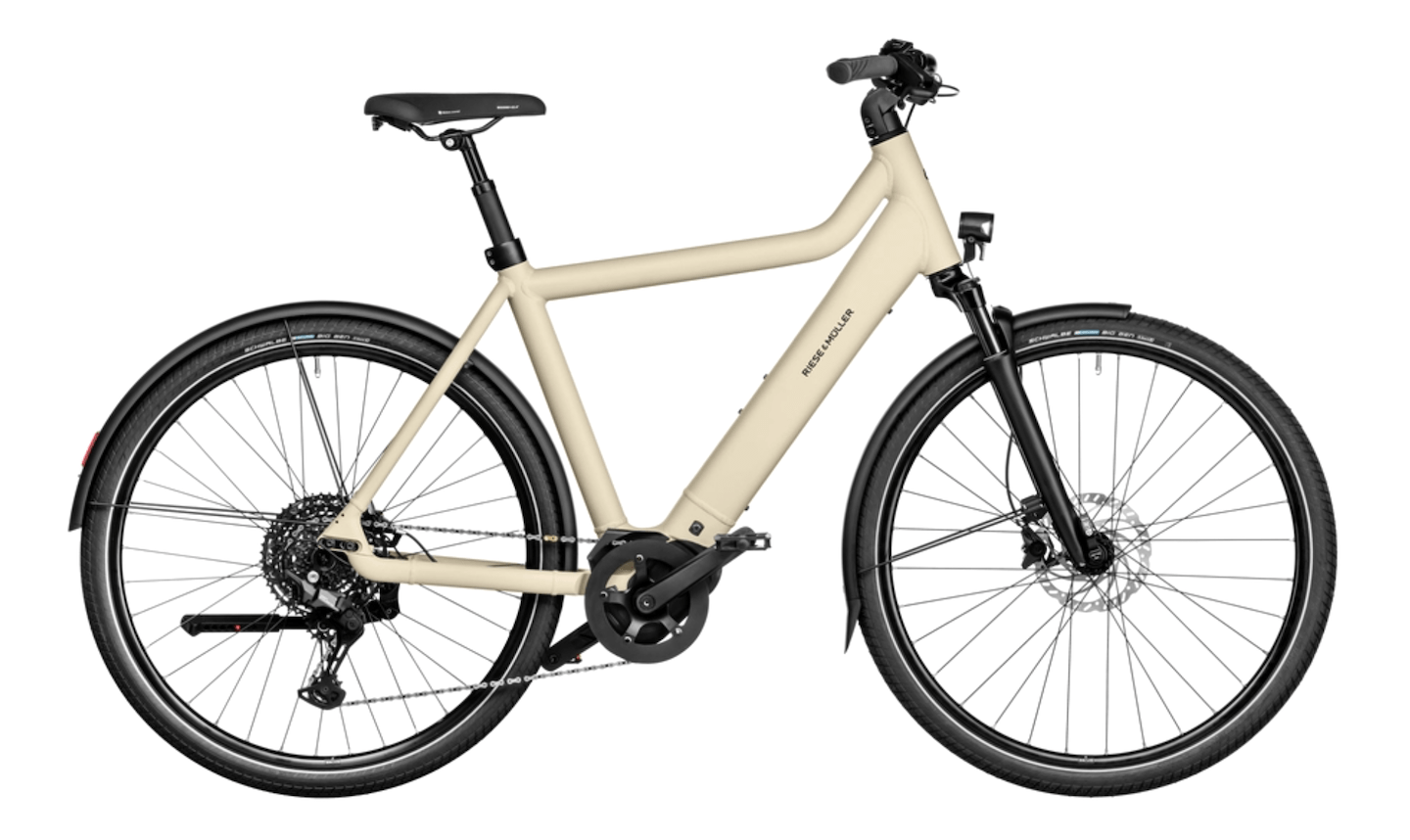December 1, 2021 - A Transport Policy report by Ian Philips, Jillian Anable and Tim Chatterton estimates the maximum capability to reduce CO2 by substituting private car travel for e-bike.
We use spatial microsimulation (population-synthesis) to simulate the adult population within every small area in England, taking account of area type and geodemographic circumstances of the population.

By estimating for individuals the distance they are capable of travelling by e-bike and the extent to which they are capable of replacing private car travel, we find the upper limit on the capability to reduce CO2 by substituting car travel for e-bike use is 24.4 MTCO2 p.a. (per annum) in England.
CO2 saving capability per person and per small area are highest (over 750 kg CO2 per person p.a.) for residents of rural areas and the rural urban fringe. e-bikes offer major conurbations more modest CO2 saving capability per person.
We identify areas which are vulnerable to car related economic stress and also have high capability to replace car km with e-bikes, which if supported appropriately could contribute to equitable carbon reduction. Though capable of a very significant contribution to transport carbon reduction, other changes in technology and reduction in demand would also be necessary to reach zero emissions.
Our results are directly relevant to policy actors internationally who require evidence on place-based decarbonisation capability, particularly where car dependence is high. The results highlight how context is important in any attempt to design policy for equitable carbon reduction both to influence discussion on what is possible, as well as practical identification of areas for targeted intervention.
Digital indicators covering all zones in a country’s geography such as this are also useful because of the rapid digitalisation of policy making. We provide code so that others can produce similar analyses in other countries (https://github.com/DrIanPhilips/e-bikeCarbonReductionCapability).
Read the full document here.
















